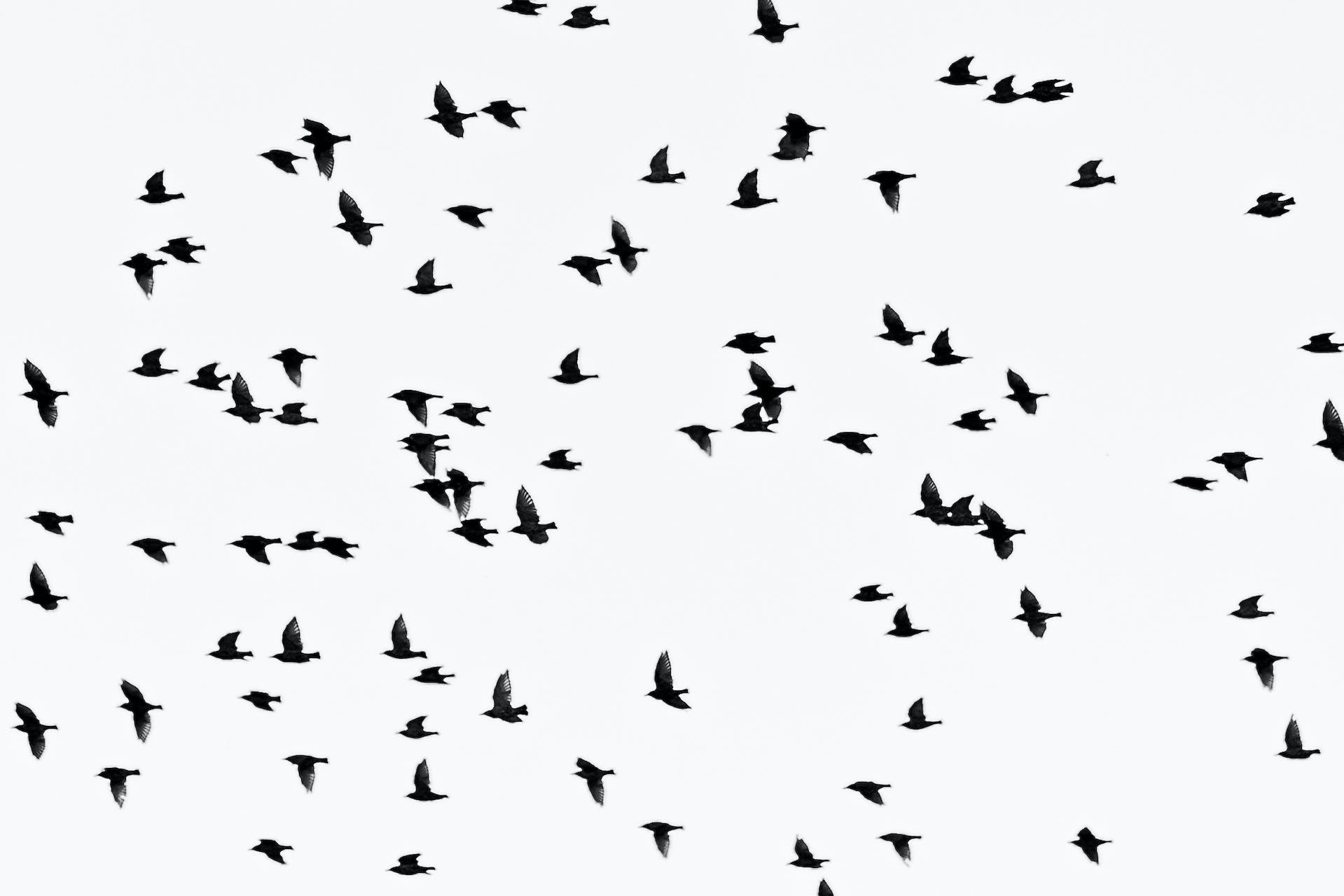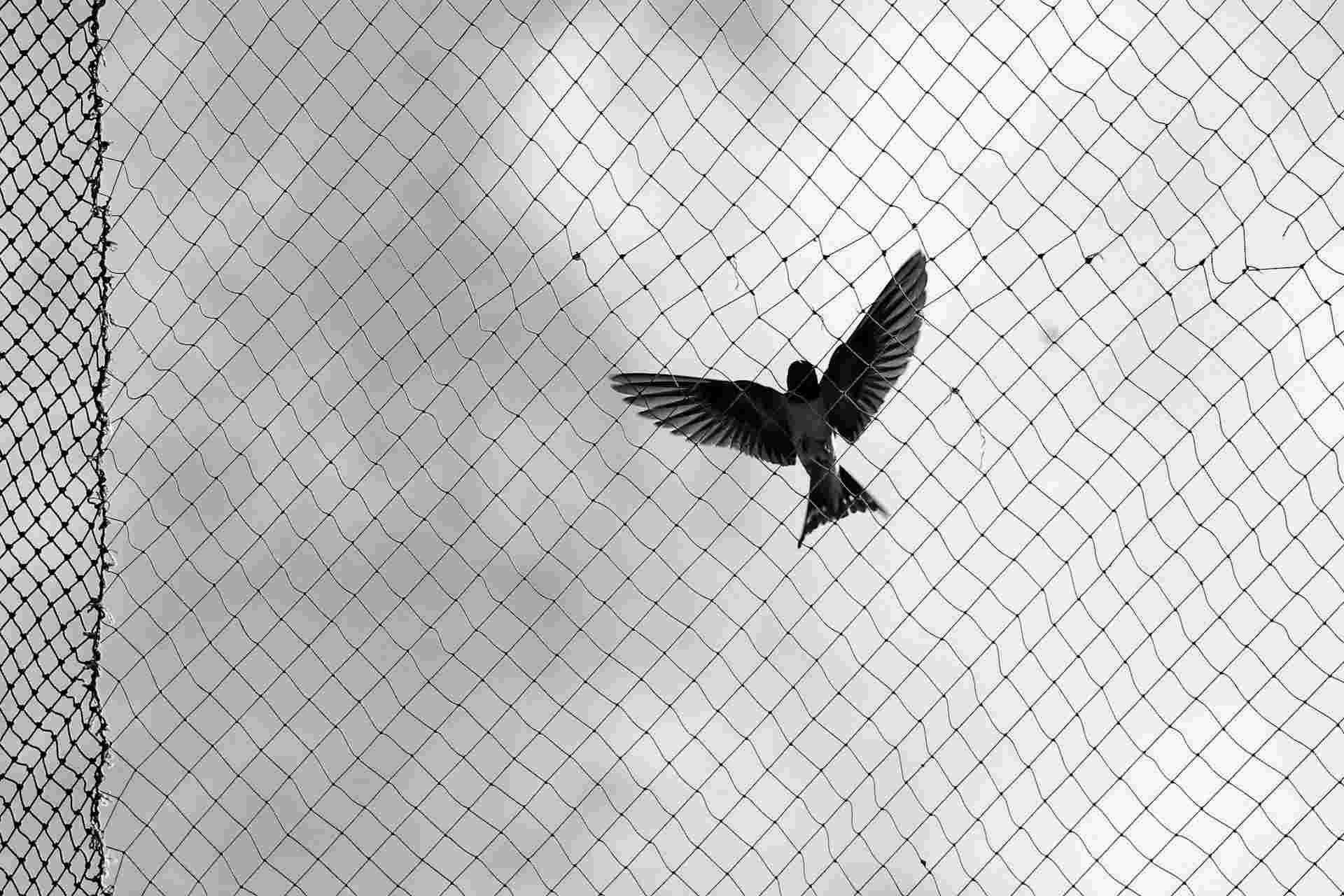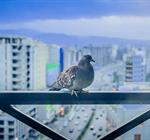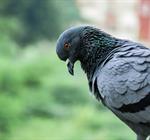
17 Nov 2023 | Apex Environmental Services (UK) Ltd
Bird Control in Power Plants and Utilities
Let’s face it - power plants and utility facilities are some of our most essential infrastructures, without which the smooth operation of daily life - that we take for granted, no less - could easily be upturned!
However, these sites often become unintentional hosts to various bird species, and while birds are an important and integral part of our ecosystem, their presence in power plants and utilities can lead to significant challenges. Enter the need for bird control - but which method works best? Let’s take a look.
Why is Bird Control Important?
Preventing Equipment Damage
Firstly, birds, particularly in large numbers, can cause extensive damage to the equipment in power plants and utilities; their nesting materials and droppings are not only corrosive but can clog machinery, leading to malfunction or even breakdowns. This kind of damage can be costly to repair and may result in downtime for repairs, impacting the overall efficiency of the facility.
Ensuring Health and Safety
Bird droppings are more than just an aesthetic issue, they actually pose serious health risks. Not only are they unhygienic for equipment, but these droppings can often harbour harmful bacteria like Salmonella and E. coli, posing a health hazard to any workers and personnel working on the ground. Additionally, bird-related activities can create hazardous conditions; nesting in critical areas can lead to electrical shorts, posing fire hazards and again risking personnel safety. This is why reaching out to a birds control company is crucial before any damage worsens - you don’t want to be on the receiving end of a hefty lawsuit or have your employees injured.
Reducing Financial Loss
Aside from health hazards, it’s also important to consider the financial implications of uncontrolled bird presence in power plants and utilities. From repairing damaged equipment to addressing health hazards and potential legal issues arising from non-compliance with health and safety regulations, the costs can escalate quickly. Effective bird control measures can mitigate these expenses, and are 100 times more cost-effective than paying hefty damages or repairing expensive machinery.

How to Deter Birds in Power Plants and Utilities
So, what can be done to keep birds out of power plants and other utility areas? Here’s what we recommend:
Bird Netting
Bird netting is one of the most effective and humane ways to deter birds from power plants and utilities: it effectively serves as a physical barrier that prevents birds from accessing crucial areas like cooling towers, chimneys, and ventilation systems. This method is also environmentally and species-friendly, as it doesn’t harm the birds, and instead simply redirects their nesting and roosting habits. Plus, modern bird netting is designed to be durable and weather-resistant, ensuring long-term effectiveness without frequent replacements or maintenance.
Sound Deterrents
Alongside physical barriers like netting, sound deterrents can be highly effective in keeping birds away from sensitive areas in power plants and utilities. Anti bird control devices can emit sounds that, to birds, are unpleasant or alarming, but are usually inaudible or minimally intrusive to humans. Some advanced systems can even use distress calls of specific bird species to create an environment perceived as unsafe by the birds, encouraging them to steer clear of the area. Sneaky, but effective!
Implementing Visual Repellents
Aside from netting and audio deterrents, visual deterrents can also play a key role in bird control. These can range from simple reflective objects that disorient birds with light reflections, to more sophisticated decoys that mimic birds’ natural predators. The key is to alter the visual landscape in a way that makes it less attractive or more threatening to birds; periodic changes in the positioning and types of visual repellents are recommended to prevent birds from becoming accustomed to them.
Habitat Modification
Finally, modifying the surrounding environment of power plants and utilities can significantly reduce the likelihood of birds being attracted to these areas. This involves strategies like altering landscaping to make it less appealing to birds, removing food sources, or obstructing access to potential nesting sites. Habitat modification, when combined with other deterrent methods, can drastically reduce the presence of birds in these facilities, and effectively safeguard the site.
The Bottom Line
Ultimately, effective bird control in power plants and utilities is not just a matter of maintaining aesthetics; it’s a critical component of operational efficiency, as well as employee safeguarding. By implementing a combination of strategies like bird netting, sound and visual deterrents, and habitat modification, facilities can protect their equipment, safeguard employee health, and avoid unnecessary financial losses.


